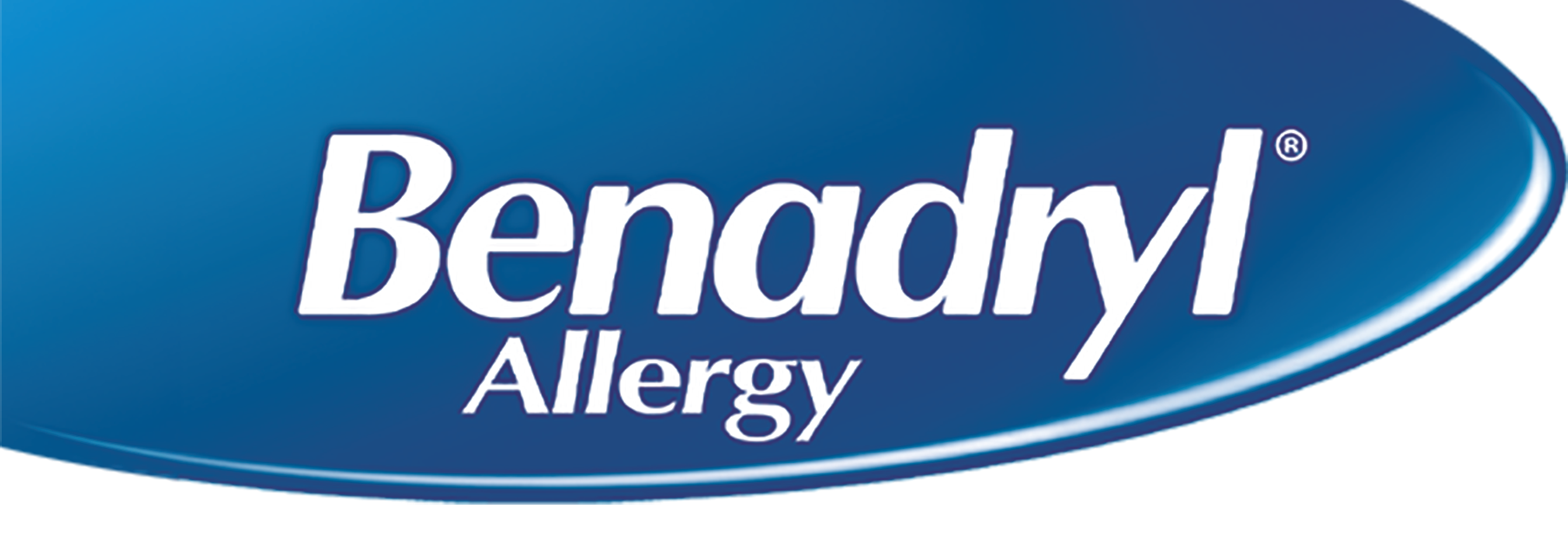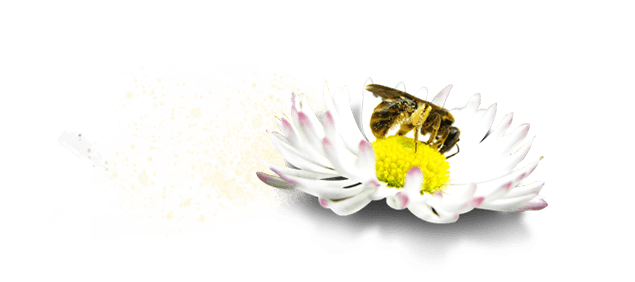Hay fever can get in the way of your plans, even when you’re not the one suffering. Around 10-15% of children in the UK suffer with hay fever symptoms, from itchy eyes to sniffly noses and lethargy. These symptoms are the result of an allergic reaction to pollen, which plants produce as part of their reproductive cycle. Hay fever in children with asthma can also result in additional problems, such as shortness of breath and wheezing coughs.
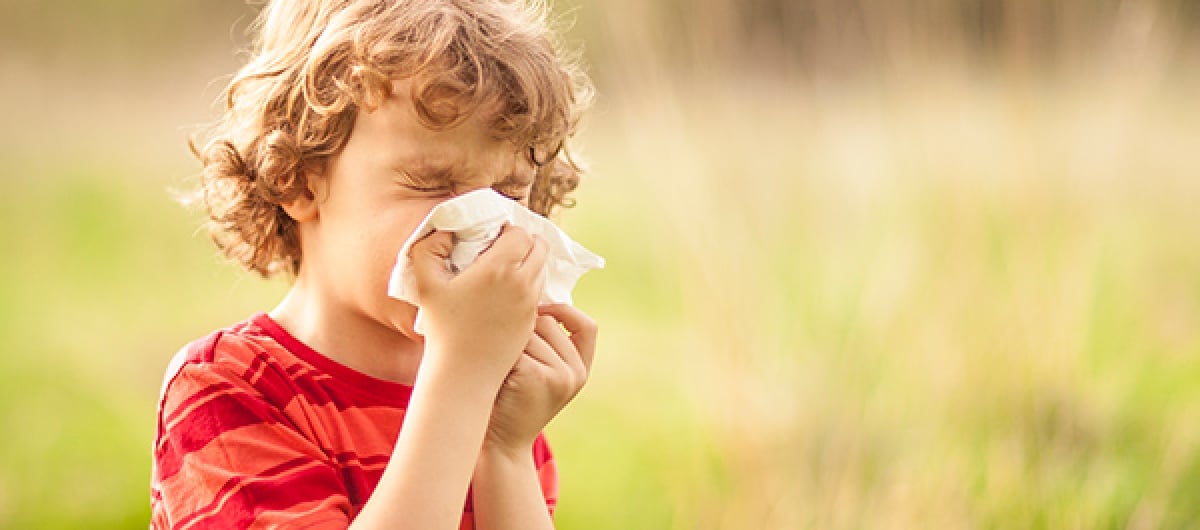
Hay fever in children can also cause issues such as:
Reducing sleep quality leading to daytime drowsiness.
Irritating existing asthma conditions.
Causing a sore throat and bad breath.
Increasing the likelihood of eye infections.
Affecting your child’s ability to learn.
Hay fever treatments for children are available and can provide some relief from symptoms. However, some treatments won’t be suitable, especially for younger children. If you’re in doubt of what triggers your child’s hay fever symptoms, or aren’t sure which products to use, your doctor or pharmacist can advise you further.
Recognising hay fever symptoms in children
Hay fever in children is more common in boys than girls, and often develops in childhood or around puberty. Symptoms can arise throughout the year, depending on which type of pollen your child is allergic to. In the UK, the three hay fever seasons are:
Late March to mid-May– tree pollen
Mid-May to July– grass pollen
Late June to September– weed pollen
Being aware of these timeframes may help you treat your child’s allergies easier. Symptoms to look out for are:
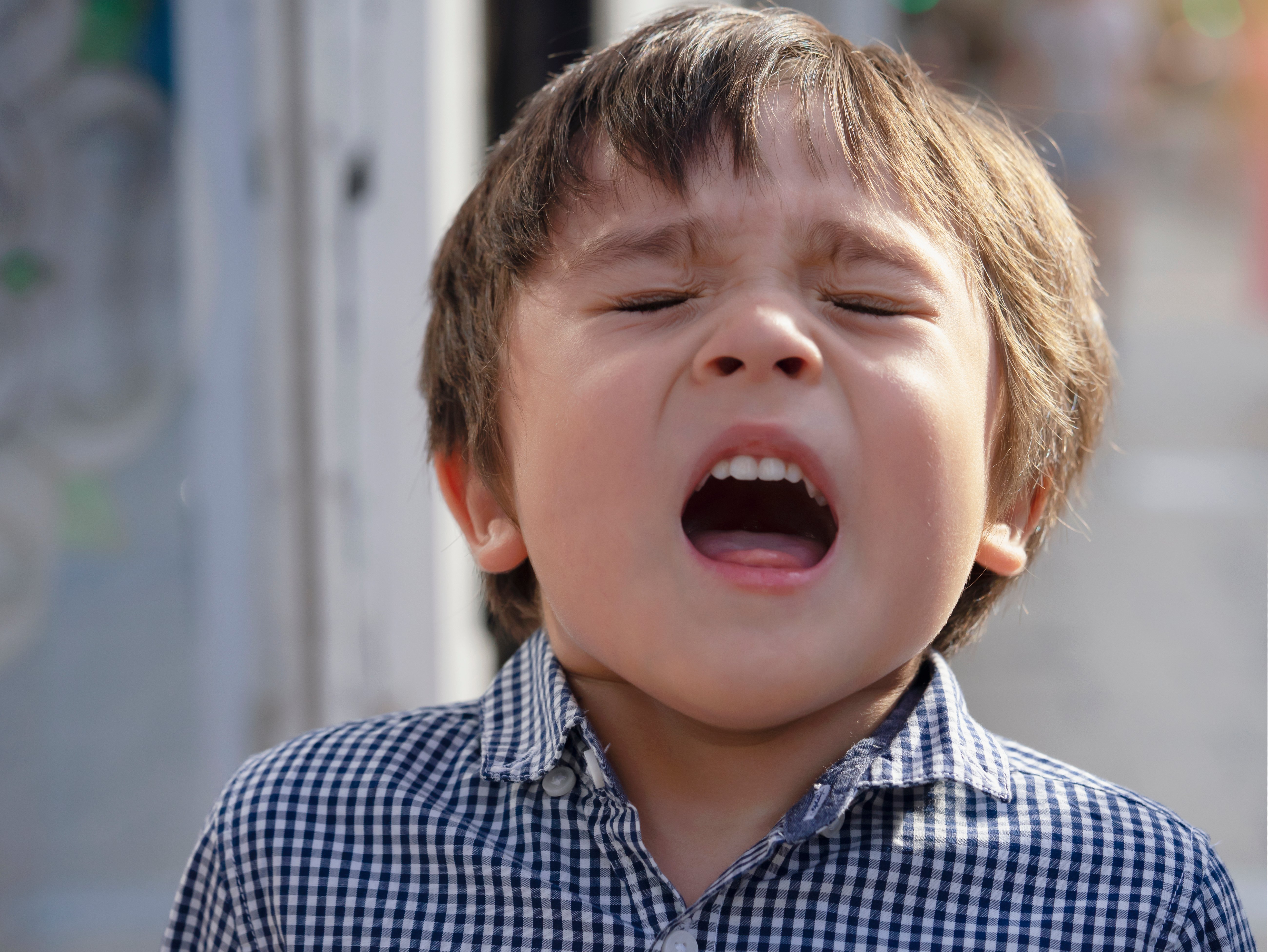
Sneezing and coughing.
Loss of smell and a runny or blocked nose.
Itchy eyes, throat, mouth, nose, or ears.
Pain around the temples or forehead.
Headaches
Lethargy.
Earache.
Hay fever in children with asthma could also result in:
A tight chest.
Shortness of breath.
Wheezing and coughing.
Hay fever remedies for children

While there is no cure for hay fever in children, there are treatments available for relief4. Before searching for a suitable treatment, it’s important to check if the hay fever product you’re considering is suitable for children.
Over-the-counter hay fever medication should be labelled appropriately. For example, our Benadryl Allergy Children’s 2+ is suitable for children aged 2-6, whereas Benadryl Children’s 6+ can be used for those 6 and up, with dosage instructions based on your child’s age.
You have a range of options when it comes to hay fever treatment for children, including:
Non-drowsy antihistamines
Antihistamines that are considered non-drowsy, in the majority of sufferers, are a form medicine that can help relieve symptoms of allergies, including, but not limited, to hay fever. They’re available over the counter and come in tablets, capsules, liquids, syrups, creams, lotions, gels and eyedrops. The best choice for your child will depend on their symptoms, what they’re comfortable taking, and any age restrictions on the medication.
Nasal sprays
Not all types of nasal spray are suitable for children. Although steroid nasal sprays may be more suitable for older children4, doctors may prescribe certain types to children from age 4 and up. These can work as a long-term treatment but can take a few days to work. If you’re thinking of using a nasal spray for your child for longer than a month, it’s worth contacting your doctor. As with all medicine, check that it’s appropriate for children before use.
Saline nasal sprays can be used cleanse your child’s nose if it becomes uncomfortably blocked.
Antihistamine eye drops
Antihistamine eyedrops are a particularly effective hay fever treatment for children suffering with symptoms that affect their eyes, such as redness, itchiness, or watering. They can reduce inflammation, are easy to apply, and the most widely used ingredient in them, sodium cromoglicate, is proven to be safe.
Pollen blockers
Pollen blockers take a preventative approach to protecting your child against the effects of pollen. While hard to see, pollen is a fine powder, so putting Vaseline around the nostrils can trap pollen before it enters the nasal cavity.
Likewise, there are other measures you can take to prevent hay fever symptoms in children, including:
Regularly washing your child’s clothes when pollen count is high.
Closing the window while driving with an allergic child in the car.
Washing your child’s hair, face and hands when coming inside from school or playing.
Avoiding fields or large areas of grassland.
Letting them wear wrap around sunglasses to shield from pollen.
Vacuuming regularly and dusting with a damp cloth.
Investing in pollen filters.
Keeping windows and doors shut where possible.
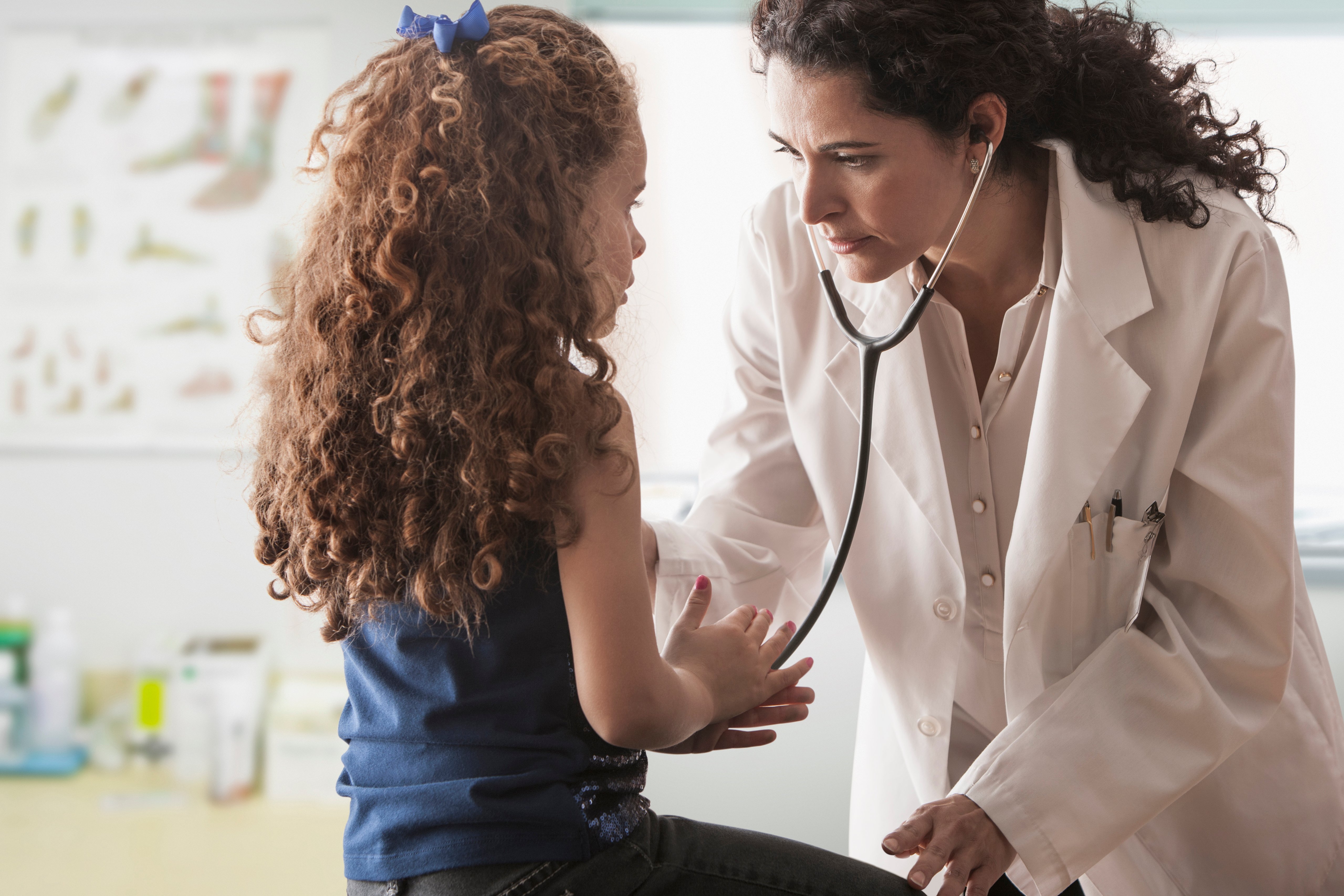
When to contact your GP
If you’re still uncertain of the right treatment for hay fever in your child, you can discuss their symptoms and options with a pharmacist. If symptoms are worsening, or over-the-counter treatments aren’t working, you should contact your GP.
Things to remember when treating hay fever in children
Sometimes, hay fever in children can be confused with a virus, but there are a few things you can do to figure out which it is.
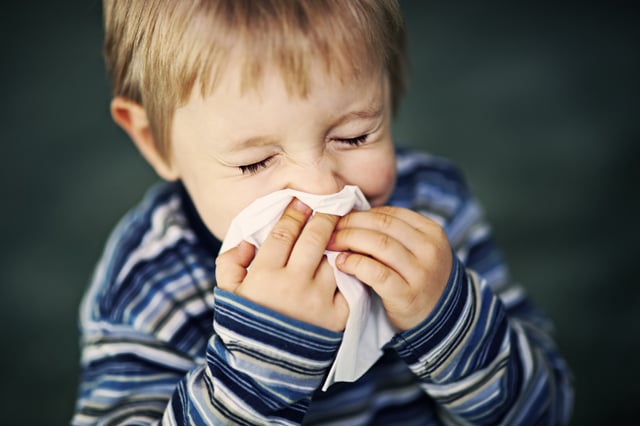
Firstly, virus symptoms only last for a week or two, whereas if your child has a chronic runny nose and is sneezing in summer, but not winter, it may be a sign of hay fever. Hay fever symptoms in children can appear as early as March, continuing through to the end of September. Symptoms that occur in this timeframe could indicate hay fever allergies.
If you’re ever having doubt about the cause of a child’s symptoms, contact a pharmacist or your GP for advice.
